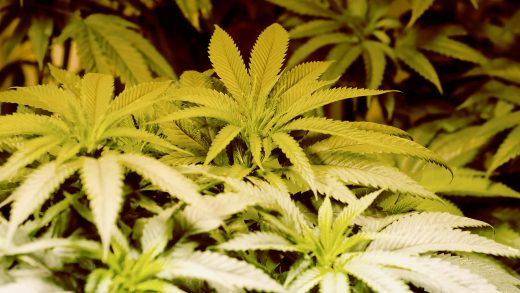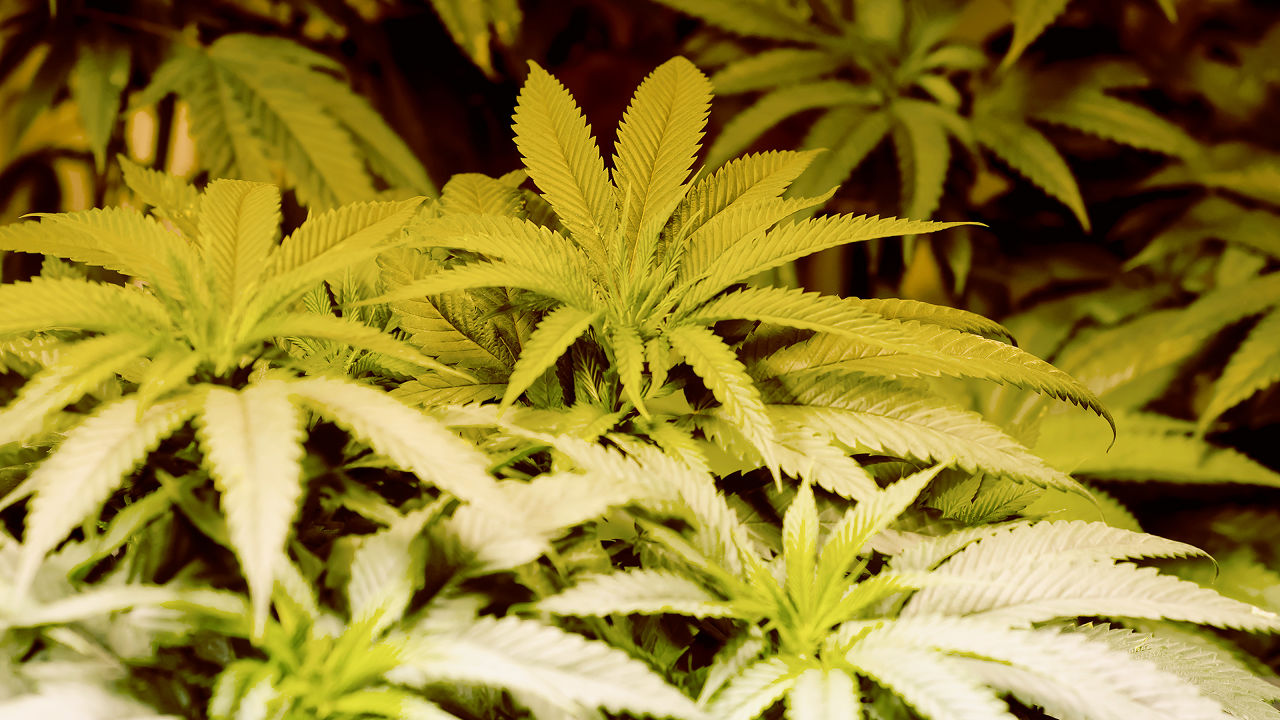Colorado’s Marijuana Czar: “We’re Making The Plane As We Fly It”
Andrew Freedman was an education-policy specialist and former chief of staff to Colorado’s lieutenant governor when Governor John Hickenlooper tapped him in 2014 to become the state’s first “marijuana czar.” Today, he’s navigating regulatory and public-welfare challenges that are both complex and—because the state was the first to legalize recreational pot—precedent-setting: The choices Colorado makes could define the country’s approach to marijuana policy for generations.
Since taking the job, Freedman has worked to regulate pesticide use, guided community banks and credit unions on thorny issues related to accepting growers’ money (the Federal Reserve often won’t do business with banks that take pot-related deposits), and helped introduce legislation to make edible-pot packaging more childproof. He’s also become the go-to tour guide for lawmakers from other states that are considering legalization. One lesson: Given the cost of regulation and enforcement, marijuana legalization is not going to be the tax boon of local-governments’ dreams. Freedman recently spoke with Fast Company about the challenges of being a first mover in the legal marijuana space, and his hopes and concerns about the industry.
Fast Company: What is it like creating a regulatory structure for legalized marijuana from scratch? Are there any guidelines to follow?
Andrew Freedman: We’re making the plane as we fly it.
How’s that going?
It went a lot more smoothly at the beginning than we had anticipated. The biggest challenge was more cultural than anything: We were going to have to rely on a lot of people to change their attitudes. From law enforcement to public health experts, there were people who had just said [during the debate over the amendment to legalize recreational marijuana], marijuana is bad for you. We said, “That’s well and fine for you to have your opinion, but we still have to talk about the best way forward in a legalized framework.” Part of what I put forward was that I was an agnostic. I did not come in as someone who was either out to promote or demote the marijuana industry.
It was, in a lot of ways, the best of state government to watch all these stakeholders come together and be this flexible. It required countless hours from people who had to swallow their ideology and just find the best way forward for what they cared for. No matter where you fall on the legalization debate, it’s a pretty remarkable thing that so many people could come together—including citizens, industry, and public health officials—and do all that.
After legalization, did anything catch you by surprise?
It’s not that we totally didn’t anticipate it, but edibles became a much bigger part of the market than we thought they would. We’d had edibles in the medical market, but people didn’t talk about them that much. But a couple of things happened. First of all: The legalization of recreational marijuana attracted a lot more people who hadn’t been using marijuana recently and, to them, edibles seemed like a much more friendly way of trying it again. And edibles were also causing a lot more problems for marijuana-naive users, because of their delayed effect and because people were taking too much. We would have put up our public education campaign much sooner had we known that people were going to have so much trouble dosing edibles for themselves.
There was a time [in 2014] when there were a few deaths associated with edibles. So we went into an emergency rule-making session and put together [regulation saying] that each dose has to be clearly marked, so you can no longer get a cookie that you have to split up by yourself into six parts, and it has to be clearly marked how long you should wait and how much marijuana you’re about to have. We also changed it so that edibles have to be in childproof, resealable packaging when they leave the manufacturer. At the beginning you only had to exit the store [that way], but people would just come home and take [the edibles] out of the [shopping] bag and they would obviously sit around in non-childproof packaging.
What are the most pressing issues you’re dealing with today?
We have to discuss how we move forward with commercial consumption of marijuana. Should there be marijuana bars? Things like that. We’re also addressing pesticides. For every other crop, the federal government runs pesticides. Well, they’re not here for this. So I’ve coordinated with the departments of agriculture, revenue, public health, and environment to make sure that there aren’t harmful pesticides on marijuana.
Banking is also a really big deal. There is one pun I allow myself: It’s not unbanked, it’s half-banked. There have been a few enterprising community banks and credit unions that have started to take on the labor and risk that comes with banking marijuana. We work closely with them to talk through what it looks like. We obviously can’t offer them legal protection from the federal government. But we talk through all the tools that are available to them.
And then we’ll start to shift to the larger conversation about what advertising should look like: How do we not [let marijuana] become like 1960s-style tobacco? What kind of government and industry regulation can we help put together as quickly as possible to make it a more enlightened industry?
What about public health and safety? Is that a concern?
Certainly everyone wants to know the effect that marijuana legalization has had on a lot of complex issues. We’ve been tracking data on these things since 2014. But it takes a long time—five years, instead of one or two—to determine, say, if there is a relationship between marijuana use and hard drug use or what’s going to happen to youth use. And for a lot of these data sets, we lack a lot of baseline information. [Before legalization] we weren’t pulling out statistics for, say, marijuana suspensions in schools rather than drug suspensions. We had general drug driving, but not marijuana driving.
What’s the big-picture scenario that you’re keeping your eye on?
For me it’s much longer-term trends. It’s what does, say, commercialization do for youth use of marijuana? What I’m worried about is the 3-year-old right now who might be looking at, say edible gummy bears and ads in magazines, to whatever extent they’re there. I’m looking at how their behavior will change by the time they’re 14. And then we worry about people who are now using marijuana only occasionally. As prices start to go down and availability and social acceptance go up, do these people start to use two to three times a day? Does it get in the way of workplace productivity? Do they start to have substance abuse problems?
But there are possible positives: Are they now substituting marijuana for alcohol, and does that have less of a deleterious effect? Are kids less likely over the long run to continue to use marijuana because it’s not this forbidden fruit? I can see the all the data going in a bad direction or in a good direction.
Where do you see marijuana entrepreneurship in Colorado heading?
There are a lot of people with big ideas and small ideas who think they are going to make a ton of money here. And some that do. The ones we see that are gaining the most traction are people who are figuring out how to franchise to other states or people who are really dealing with ancillary services rather than marijuana itself. Marijuana has become much closer to a normal agricultural crop. It’s become a bit of a commodity. So the profit margins aren’t nearly as much as they are for the intellectual property or technology rights around marijuana. All the stuff that normally you would think of as the backbone of other industries, that’s what we’re seeing a lot more of here.
Related: Meet the world’s first cannabis editor
Fast Company , Read Full Story
(8)














